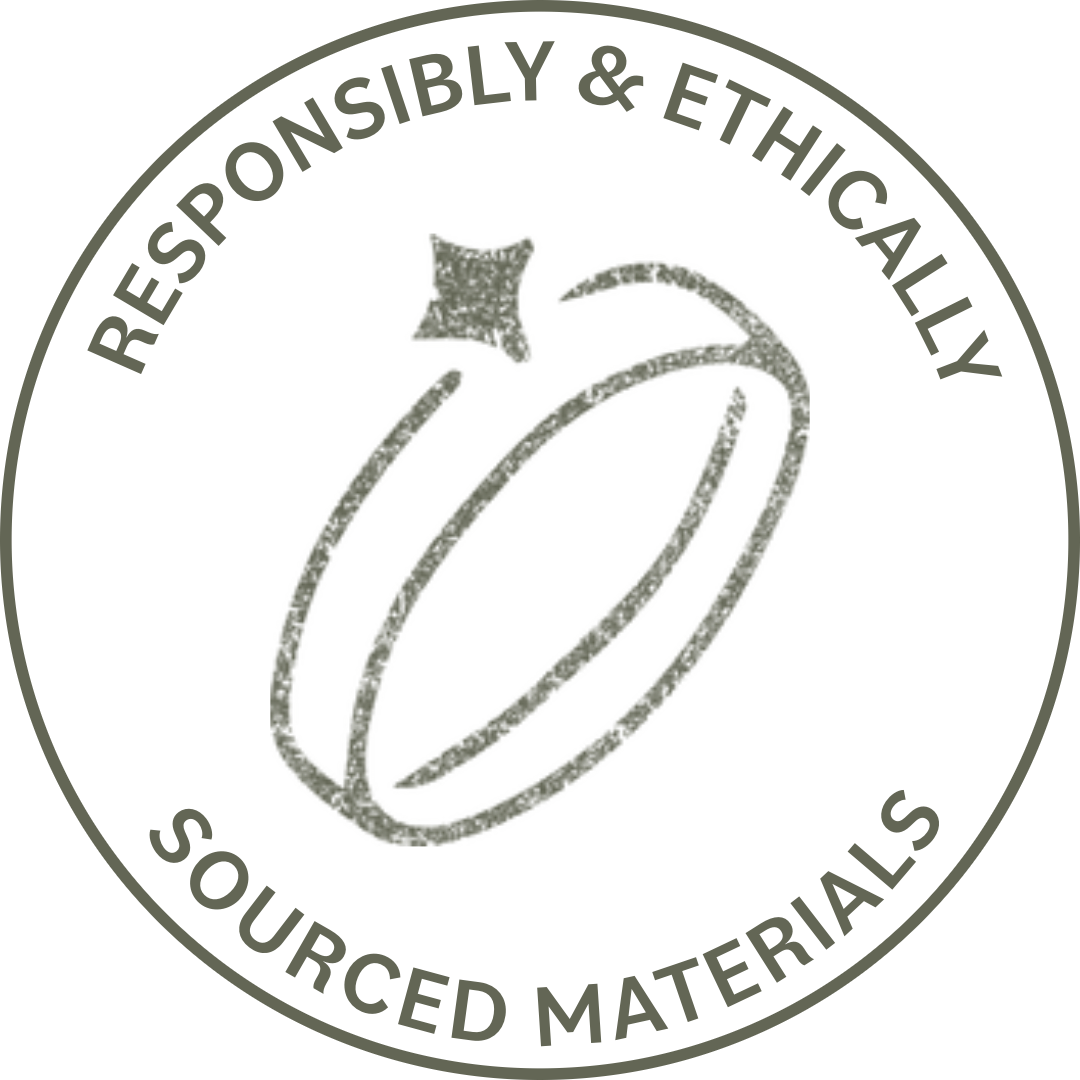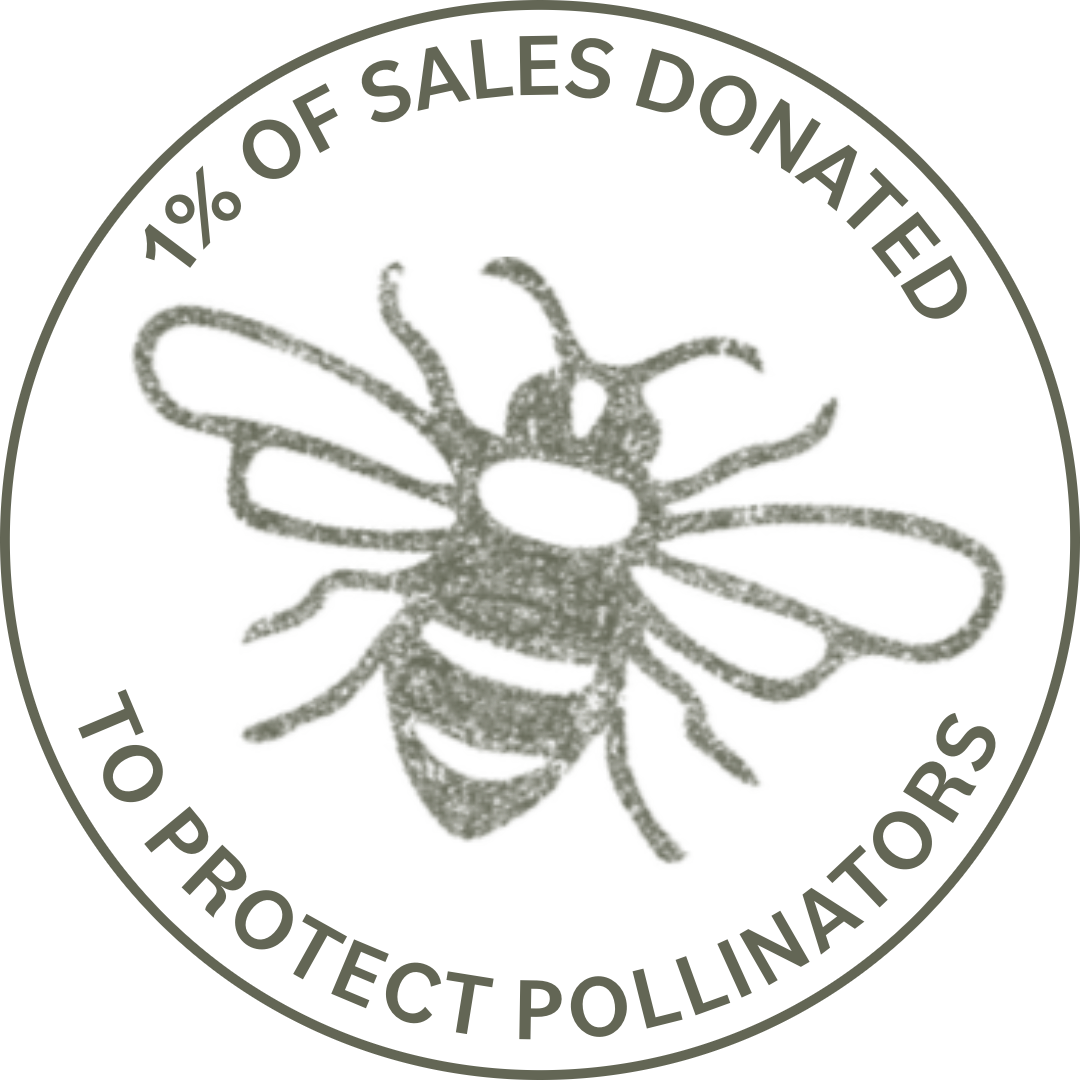0
Care
Solid gold is tough, but even the toughest among us need some TLC sometimes.
The following care instructions are for fine jewelry in general, not knotted gemstone jewelry.
We recommend regular cleaning once a month, especially if you wear your jewelry daily. For the love of jewelry, always work on a flat surface away from the sink:
- Mix a drop of gentle, phosphate-free dishwashing liquid with warm water in a small bowl using a soft toothbrush. For jewelry with no stones or enamel, you can use sparkling water and/or add a teaspoon each of baking soda and salt to amp things up.
- Add your jewelry and brush gently, paying special attention to texture, stone settings, hinges, and clasps to remove any embedded dirt. For gold-only items, you can soak the jewelry for 10 minutes prior to brushing.
- Transfer the jewelry to another bowl of clean, warm water to rinse.
- Remove the jewelry from the bowl, replace the water, and rinse the jewelry a second time (or more) to ensure no residue remains.
- Clean your jewelry one piece at a time to avoid scratches from touching.
- Dry your jewelry thoroughly with a soft, absorbent cloth.
- If you notice any dullness over time, you can easily brighten that baby back up and get it looking like new again with a tarnish removal cloth for smooth surfaces or a natural, environmentally-friendly tarnish removal cream (Sparkle Bright Jewelry makes one) to work into the details of more textured pieces.
While your solid gold jewelry can withstand sweat and bathing, prolonged or repeated exposure to chlorinated pool water or ocean water isn’t ideal. Completely avoid any exposure to harsh chemicals and cleaners, such as bleach.
Chlorine, salt water, lotions, creams, perfumes, and prolonged exposure to direct sunlight can affect gemstone color, appearance, and durability. We advise taking pieces with delicately set gemstones off before showering, exercising, or any vigorous activity that may damage the stone.
Our pouches and inserts are perfect for storing your jewelry! Just put the jewelry away dry and keep your pieces separated to avoid them touching and scratching each other, especially when stones are present.
- Avoid getting your knotted jewelry wet. Water can seep into the holes in the beads, weaken the cord, and degrade the knots over time. If your piece does get wet, gently lay it flat on a soft, dry cloth and let it air dry completely. Avoid pulling or stretching it while it is damp (or ever).
- Remove knotted jewelry before bathing, swimming, working out, etc. Wait until your hair is dry before wearing a knotted necklace.
- Keep knotted jewelry away from harsh chemicals, such as chlorine or cleaning agents, as well as beauty products like perfumes, hairsprays, and lotions. Apply these products before putting on your jewelry and allow your skin to dry fully before wearing.
- If needed, clean the gemstones very gently with a soft, dry cloth to remove any debris.
- Store your knotted pieces flat or in our pouches to prevent stretching, tangling, or rubbing against other items. Make sure they are completely dry before storing.
Restringing knotted jewelry
Restringing Frequency
- Regular wear: probably every 1-2 years.
- Occasional wear: typically every 3-5 years.
Signs That Restringing Is Needed
- Visible wear, fraying, or discoloration of the cord.
- Damaged beads.
- Increasing gaps between beads.
Regular maintenance ensures that your gemstones stay secure and your piece retains its original charm.
We stand behind the quality and craftsmanship of our jewelry and therefore offer a 1-year warranty on every item. Should you run into any damages due to manufacturing defects within one year of purchase, please reach out to us at hello@aidenjae.com for assistance.
Once the item’s return is approved, received, and inspected, at our discretion we’ll have your piece repaired, replaced, or issue you a store credit (in the form of a gift card) up to the amount of the purchase price.
Please note, our warranty does not cover lost items, lost stones, shipping charges, normal wear and tear (e.g., scratches, bent rings, broken chains), work done by another jeweler, or damages from neglect, improper care, or improper storage.
While restringing is not covered by our warranty (unless needed due to a defect), we do offer this service for a reasonable fee.






